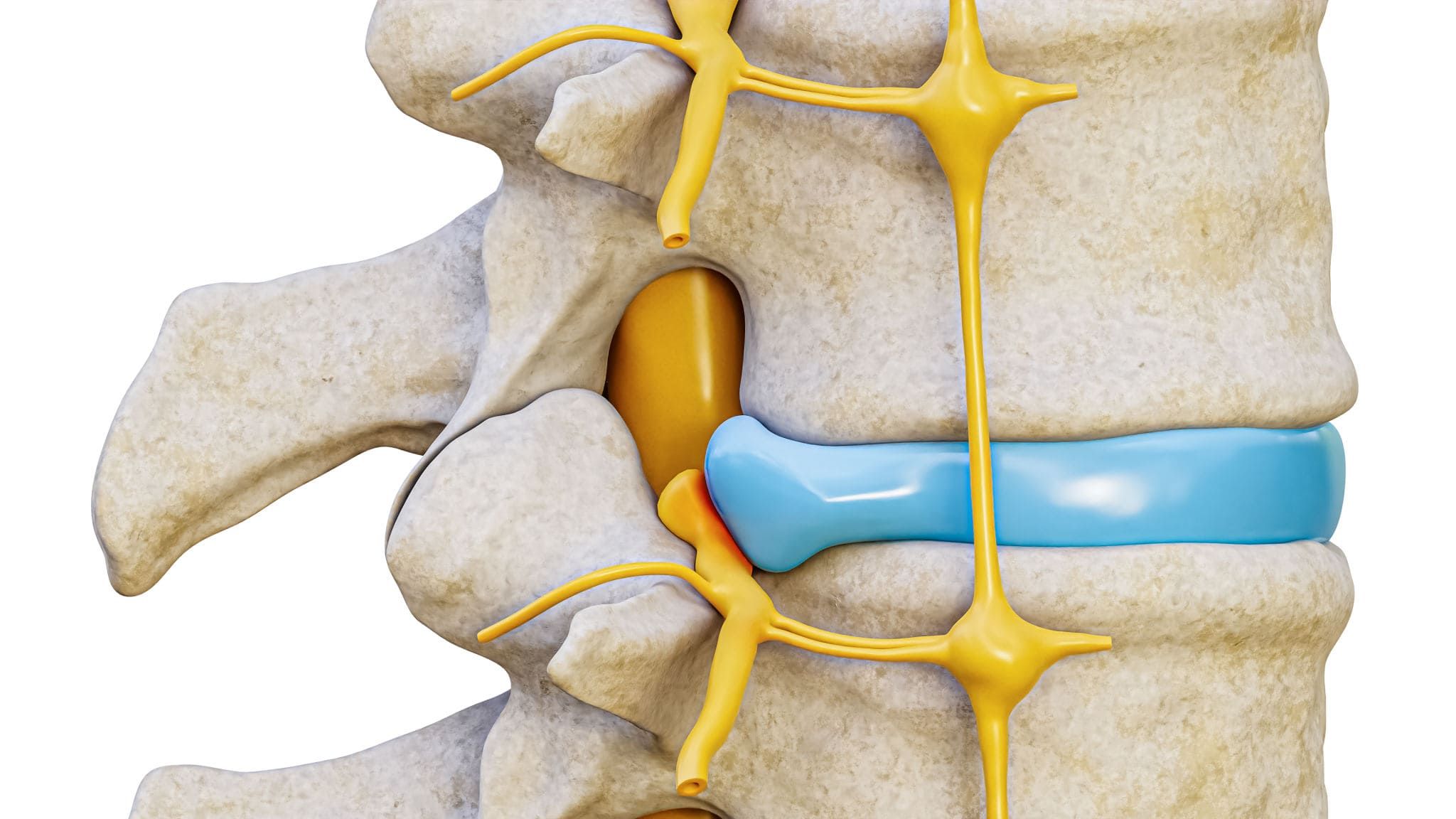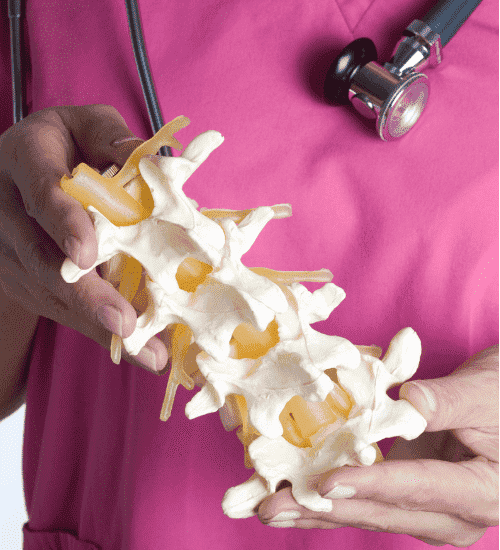- (213) 369-4583
- Monday - Friday
- 9 am - 5 pm
Spinal Cord Compression: All You Need to Know

Jul 30, 2022
Your spine has a bundle of nerves that are responsible for the communication between your brain and the rest of the body. Simply put, whatever you see, hear, smell, feel, and sense the information is communicated back and forth between your body and brain via these spinal nerves. Things get complicated when some of these nerves get compressed due to an injury to the spine that can cause pain (a condition known as spinal cord compression) and other serious medical implications. To treat such a condition, a common surgical procedure - Spinal decompression surgery is performed.
In the discussion to follow, you will read about the causes of spinal cord compression, its symptoms, and how spinal decompression surgery is carried out to treat it.
Consult a Doctor Now: See a spine surgeon in Los Angeles for the treatment of Spinal Cord Compression
What Causes Spinal Cord Compression?
Spinal cord compression occurs when pressure is exerted on the spine due to an abnormal growth of a mass inside it. This mass can be a tumor, bone fragment, or just a swelling. A patient can experience compression anywhere between the cervical spine (neck) and lumbar spine (lower back). Given below are some of the commonly observed causes of Spinal Cord Compression;
- With age, spinal bones can deteriorate due to wear and tear that results in the erosion of the cartilage. In the absence of cartilage, friction between the joints increases leading to the development of bone spurs. A person gets a pinched nerve when this bone spurs press against the wall of the spinal cord.
- People suffering from cancer also develop tumors near the spinal cord that can put pressure on the neighboring nerves.
- Any injury that can cause swelling around the area of the spinal cord.
- A ruptured or damaged disc due to an accident can also cause compression in the spinal cord.
What are the Symptoms of Spinal Cord Compression?

The symptoms of spinal cord compression can develop quickly or it can also take some time, depending on the severity and type of the cause. A direct injury due to an accident can make the symptoms appear immediately while tumors and wear and tear of the spine take some time to cause the symptoms.
Related readings: How spinal cord injuries are diagnosed and treated?
The most commonly observed symptoms of spinal cord compression are as follows;
- Radiating pain that travels down the legs or into the arms
- Weakness and pain in legs
- Numbness in arms, hands, and legs
- Sciatica pain
- Stiff neck or lower back
- Losing control over bowel or bladder movement
What are the Treatment Options for Spinal Cord Compression?
If the symptoms are not severe, your doctor will try conservative methods to treat spinal cord compression. These methods involve medications and physical therapies. However, in case of emergency or extreme symptoms, the patient is given surgical treatment right away. Surgical treatment for spinal cord compression is commonly referred to as spinal decompression surgery.
Spinal Decompression Surgeries
Depending on the location of the injury, spinal decompression surgery can be performed anywhere along the spine from the cervical (neck) to the lumbar (lower back). There are different types of spinal decompression surgeries performed by doctors depending on the type and severity of the injury. Some of the most commonly followed spinal decompression surgical procedures are;
1. Laminectomy and Laminotomy
Laminotomy is a little different from Laminectomy surgical procedure. Both have the word ‘Lamina’ which is the thin layer covering the back of the vertebrae and giving protection to the spinal cord lying inside. However, the word ‘ectomy’ means to remove whereas the word ‘otomy’ means to make an incision. And this is how we differentiate between these two spinal decompression procedures. In Laminectomy, the whole vertebrae or part of it is removed, whereas Laminotomy involves the creation of an opening in the Lamina through an incision. The objectives of both procedures are the same i.e., decompress the spinal nerves and relieve the patient of pain.
2. Discectomy
A herniated disc can also cause spinal cord compression in which the pressure is built due to a bulge. In such a case, surgeons perform a spinal discectomy and remove the herniated part of the disc.
3. Laminoplasty
It is performed only on the cervical part of the spine (neck). This procedure involves the usage of a metal plate which is placed to bridge the gap in the spine created to provide space for the compressed spinal nerves.
4. Minimally Invasive Spine Surgery
As an alternative to open spine surgery, minimally invasive decompression surgery is used. It is a faster and safer surgical procedure to treat compressed spinal nerves. The recovery period is also quite small for minimally invasive surgeries as compared to conventional open spine surgery. In this procedure, a small incision is made through which a guiding instrument is inserted into the body. The doctor reaches the point of surgery with the help of a video camera inserted inside the body and removes the bone spur causing compression with the help of sophisticated equipment.
In most cases, spine surgery is followed by a spinal fusion procedure to provide stability to the spine. When a part of the vertebra is removed, the overall structure of the spine gets disturbed. It can result in a condition known as adjacent segment syndrome. To avoid it or any other complications, doctors fuse the vertebrae to fill the gap created due to the surgery.
How much time does it take to recover after Spinal Decompression Surgery?
The severity of the condition and symptoms before the operation are different for every patient, and so is the recovery period. Most of the patients are discharged after 3 to 6 days of the surgery. It takes 4 to 6 weeks for the patient to reach a certain level of mobility. The complete rehabilitation after spine surgery takes even longer, 6 months to one and a half years. During the recovery period, it is recommended that you visit a physiotherapist regularly and follow a customized recovery plan chalked out for you.
Get treatment for Spinal Cord Compression in Los Angeles
Southern California Brain & Spine Surgery is a trusted name for spine treatments in Los Angeles. We have a team of expert doctors led by Dr. Moksha Ranasinghe who has been featured as the best neurosurgeon in Los Angeles in 2021 by findatopdoc.com. You can schedule an appointment by filling out the contact form or calling us at (213) 369-4583.




